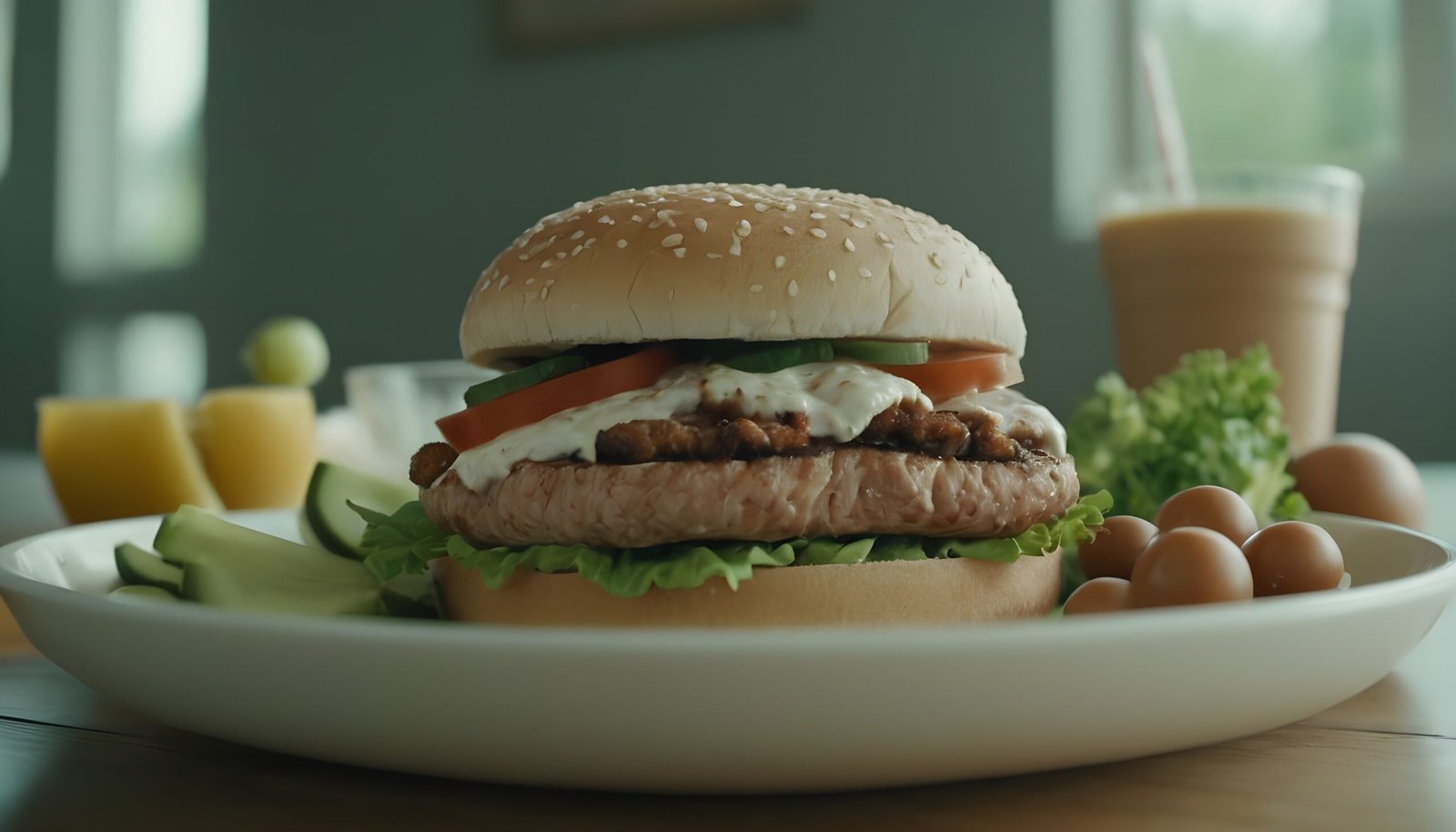Tips to Help Your Family Eat Better

Take a month to help your family adopt a more health-conscious diet by attempting one of these suggestions every day for a month.According to Antonette Hardie, a registered dietitian nutritionist at the Ohio State University Wexner Medical Center in Columbus, “eating together is the best way for families to eat.” The greatest approach to develop lifelong good eating habits and interactions with food is to “create healthy meals at home and time for everyone to sit together, free of distractions.”

Encourage children to enjoy trying new fruits and vegetables
Every week, let them choose a fresh produce or fruit from the grocery shop. Plan a wholesome preparation method together.
Enjoy a small handful of nuts or seeds.
Look for unsalted or lightly salted nuts. Almonds, hazelnuts, peanuts, pecans, pistachios and walnuts are all good choices. Also, stir them in plain, fat-free/low-fat yogurt or oatmeal or sprinkle them on salads.
Pack your own lunches
Whether your children are leaving for school or you are heading to the office, it is a good idea to pack a lunch so that everyone may choose healthily. Try tuna or egg salad with tomato and lettuce on 100% whole-wheat bread, topped with fat-free or low-fat mayonnaise. For protein, choose a salad with beans, almonds, and low- or fat-free cheese. Use your imagination and leftovers as well. For lunch today, how about reheating the meatloaf from last night and serving it in a pita pocket with a dollop of plain ketchup? Remember to include snacks as well, such as mozzarella sticks, plain, fat-free, or low-fat yogurt, fruit, nuts, or seeds, and chopped veggies.
Cook vegetables in healthy ways
Different cooking methods will make the same vegetable taste a little different. So, if you don’t like steamed broccoli, for example, try roasting it. Roasting brings out the natural sweetness in many vegetables, such as cauliflower, Brussels sprouts, mushrooms and butternut squash. Try grilling zucchini, yellow squash and corn on the cob. Carrots, snow peas and asparagus are delicious steamed.
Use fresh or dried herbs and salt-free spices
Keep a supply of herbs and spices in your kitchen, including crushed red pepper flakes, black pepper, curry, ginger, parsley, cayenne, chili powder, cumin, and basil. Instead of using salt to flavor meals, use these. For extra flavor, squeeze in some fresh lemon or lime.
Snack smart
Make the easy choice the healthy one by keeping ready-to-eat fruits and vegetables, including bell peppers and celery, as well as a bowl of grapes or cherries, in a position that is simple to reach in the refrigerator. Your family will probably choose fruits and vegetables if they are easily accessible, especially for snacks.
Healthy Eating for the Whole Family
A family-friendly eating plan needs to be both safe and sufficiently nutritious to suit the demands of every member of the family, regardless of age, whether they are 12 or 72. However, according to Sara Bagheri, a registered dietitian in the population health management division of CalOptima, a community-based health care plan that provides low-income citizens in Orange County, California with healthcare, “healthy eating is not rocket science.”
The first step, according to Bagheri, is to educate yourself on what constitutes a healthy diet and eating habits in general. Next, find out what your family’s nutritional needs are, taking into account factors like age, activity level, medical issues, and desired outcomes.
This rules out low-calorie, extremely restrictive diets that cut corners on essential vitamins and minerals, such as calcium or carbohydrates, as these cannot meet the needs of developing children or elderly people who might.
Mediterranean Diet
The Mediterranean diet is the best option for families trying to eat healthy, according to all five of the dietitians listed here. According to Bagheri, “I believe the Mediterranean diet may be the best diet overall.”
Although there isn’t a single Mediterranean diet, she supports this strategy since it includes a wide variety of incredibly healthful foods, such as whole grains, fruits, vegetables, legumes, seafood, herbs, spices, and healthy fats.
Furthermore, according to Bagheri, the Mediterranean diet is more of an approach to healthy living than a diet, with its food choices “built over an active and family-oriented lifestyle.” Mealtime is about more than simply food; it’s about family members interacting with one another while seated at a table.
The Mediterranean method serves as a substitute for the conventional.
DASH Diet
The abbreviation for this family-friendly eating pattern is DASH, which stands for “dietary approaches to stop hypertension.” It also helps maintain a healthy weight. The DASH diet does this by encouraging a low-saturated-fat, high-potassium, low-sodium diet. DASH may be customized for both children and elderly based on online resources that recommend how many calories you should consume based on your age and degree of activity. Meals focus on conventional ingredients such as lean meat, chicken, and fish, as well as fruits, vegetables, cereals, and dairy that is either fat-free or low-fat.
Weisenberger, the proprietor of Food & Nutrition Solutions by Jill, said that DASH and other diets like the Mediterranean and flexitarian were adaptable and “focused on a selection of health-boosting foods.
Mayo Clinic Diet
The core components of a balanced diet, according to the Mayo Clinic, are fruits, vegetables, and whole grains. “DASH and Mayo make sense as ‘cleaned up’ versions of the typical American diet,” Katz writes. You’ll discover how to swap out unhealthy eating habits—like binge-watching TV for a hearty meal—with healthy ones, like exercising for at least 30 minutes every day. It is suitable for every age group.
Bonus: A crash education in nutrition fundamentals is provided by the indispensable booklet “The Mayo Clinic Diet,” which parents can use to teach their kids. “Anything that’s engaging or creates a dialogue is helpful,” Katz asserts.
Vegetarian Diet
The majority of vegetarians adopt a lacto-ovo diet, which allows them to consume dairy and eggs but excludes meat, fish, and fowl. When it comes to plant-based diets, the more family-friendly approach is superior to the more stringent vegan diet, which forbids the use of any animal products, including dairy.
Vegetarianism may be adapted to fit any calorie requirement and is nutritionally sound when practiced correctly. (Though legally a diet of doughnuts and French fries qualifies as vegetarian, nobody would contest that it’s “healthy.”) Additionally, studies indicate that adopting a vegetarian diet helps avoid chronic illnesses like diabetes and maintain weight loss.
According to Katz, younger vegetarian diets will be simpler for kids to acclimate to since as they get older, the abrupt limits would be more challenging for them. While feasible.



Leave a Comment